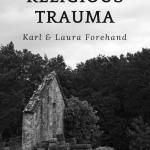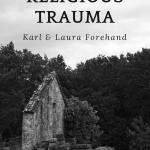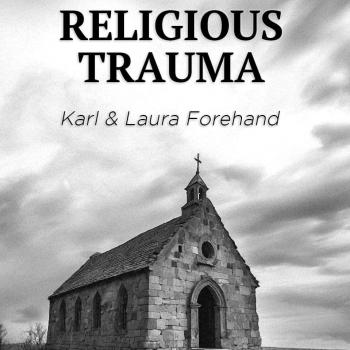Focusing on Somatic Healing

Amanda Baker, director of the Center for Anxiety and Traumatic Stress Disorders and a clinical psychologist in the Department of Psychiatry at Massachusetts General Hospital, says, “It’s a treatment focusing on the body and how emotions appear within the body. Somatic therapies posit that our body holds and expresses experiences and emotions, and traumatic events or unresolved emotional issues can become ‘trapped’ inside.” [1]
Talk therapies engage only the mind, which helps with an awareness that hopefully leads to changes in behavior. Somatic Therapy cultivates body awareness so that people can explore thoughts, emotions, and memories together to enable change, increase resilience, and improve symptoms of PTSD, depression, and anxiety. Then, we are not just aware but more able to respond to the demands and triggers of life and improve our overall well-being.
The therapies listed below are ones that I am familiar with, have experienced, or have seen results in other people. None of them come to us magically, and most involve some dedicated effort over time. It is essential to do our homework and consult professionals.
Disclaimer: Although we have helped many people, we are not licensed clinicians. We rely and report only on our experience and the experience of professionals. Always do your homework and consult a professional.
Focusing
Focusing is the tool we most use when dealing with our shadow and learning to be authentic and present.
Focusing is a body-oriented process of self-awareness that promotes emotional healing. It involves recognizing how you feel and where you feel it. We have led people through a simple session in person and online to help them begin to shift their stuck places and help them along in their journey toward wellness.
Our bodies are already trying to speak to us about past trauma and pain.
The International Focusing Institute clarifies: “Your body knows more about situations than you are explicitly aware of. For example, your body picks up more about another person than you consciously know. With a little training, you can get a bodily feel for the “more” that is happening in any situation. From that bodily feel come small steps that lead toward resolution.” [2]
Focusing sessions are like counseling sessions but a little more focused and contemplative. A companion or observer leads you through this simple process to help you along your journey to where you are and who you are.
This therapy helped me and can help you get out of those stuck places.
In our book, Leaning Forward, we describe this method, and interested people can find a basic approach at The International Focusing Institute and in Eugene Gendlin’s book, Focusing.
Learning this therapy is relatively easy, but seek a seasoned companion to be with you at first. For me, it was a group of Benedictine Sisters in Atchison, KS. I also have several friends who are great companions for these sessions, but currently, I most often experience focusing when I am triggered by taking a pause and going inside. This allows the trauma to experience a shift and integrate itself properly within my nervous system.
Dr. Aimee Apigian has a similar process called “Parts Work.” We use similar language in focusing when we say, “A part of me feels angry or sad…” This makes it more manageable because we can focus on an angry part instead of an overwhelming statement like “I am angry.” It’s too much. It’s overwhelming.
By focusing on the part that alerted us, we can speak to our inner child and our inner critic (protector) and improve that part of us.
Be where you are, be who you are,
Karl Forehand
Extra Reading: The Body Keeps the Score.
Healing from Trauma 2 – Going Inside & Trusting Ourselves
Healing from Trauma – Part 1 of 3 – Being and Becoming

Karl Forehand is a former pastor, podcaster, and award-winning author. His books include Out into the Desert, Leaning Forward, Apparent Faith: What Fatherhood Taught Me About the Father’s Heart, The Tea Shop and Being: A Journey Toward Presence and Authenticity. He is the creator of The Desert Sanctuary podcast and community. He is married to his wife Laura of 35 years and has one dog named Winston. His three children are grown and are beginning to multiply! You can read more about the author here.
[1] https://www.health.harvard.edu/blog/what-is-somatic-therapy-202307072951
[2] https://focusing.org/felt-sense/what-focusing













